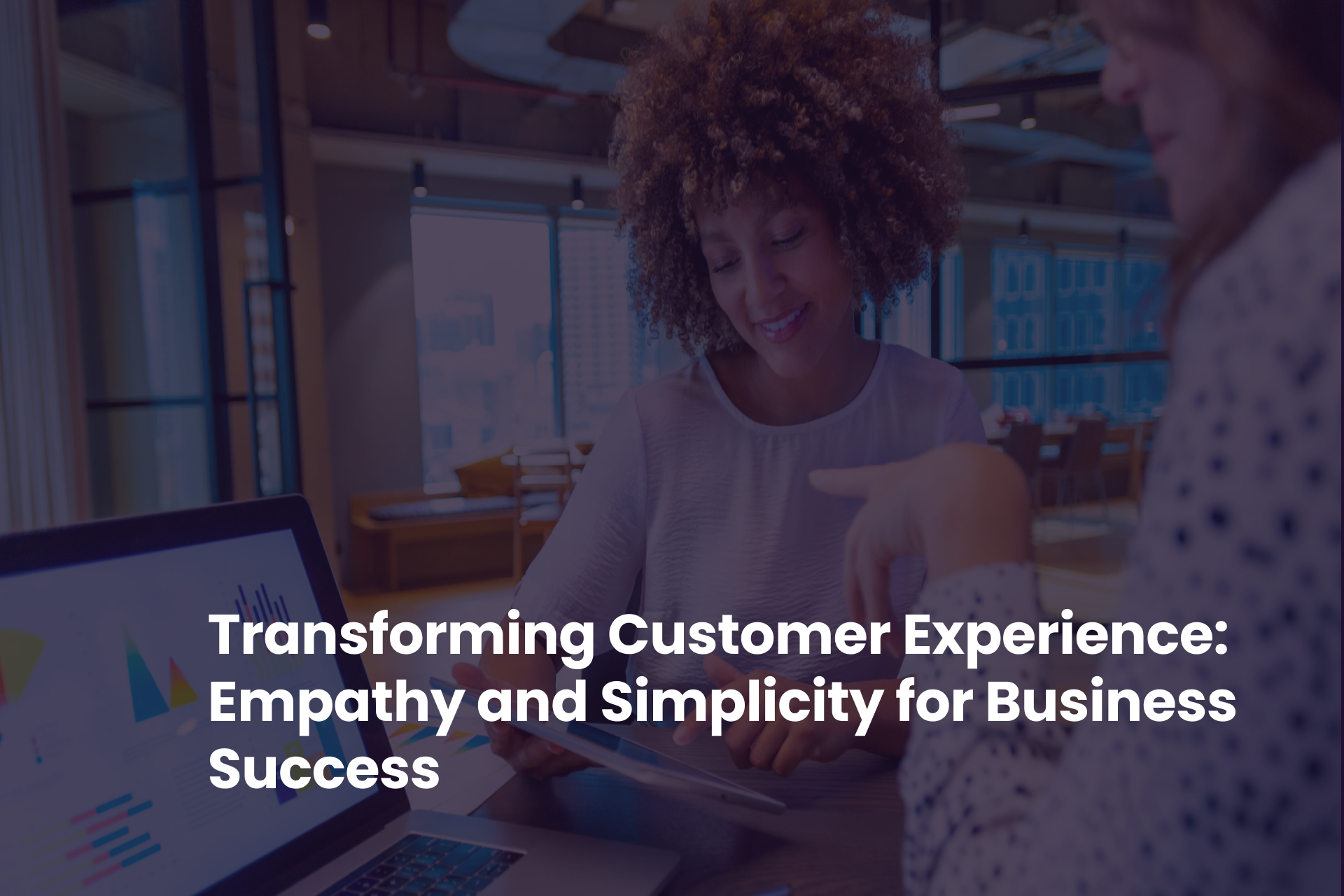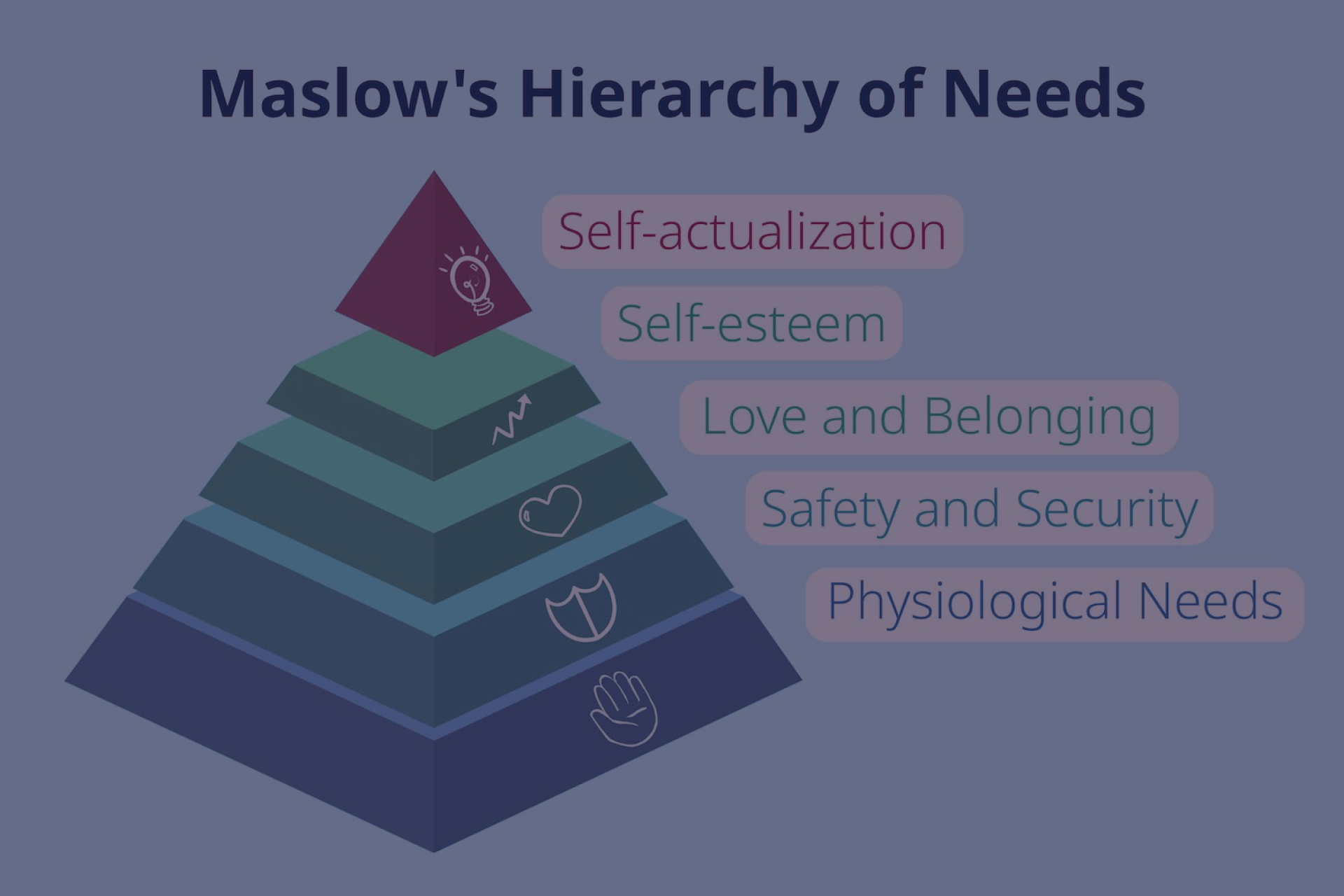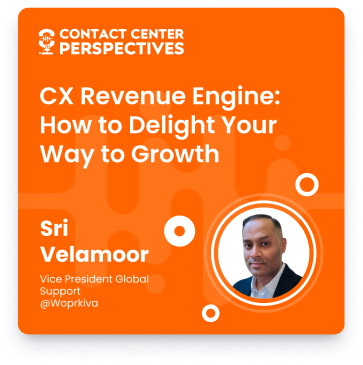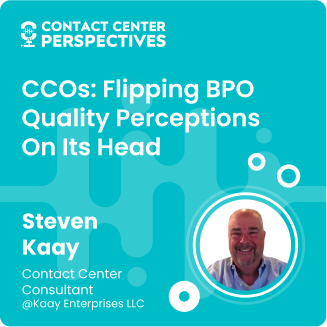Shifting Dynamics: Contact Centers as Strategic Assets

Byline: This article is based on a podcast interview with the Chief Customer Officer Pat Ferdig at 411 Locals. He has a proven track record of successfully rebuilding and improving broken organizations, particularly contact centers.
Blog Post Introduction Text:
Pat Ferdig discusses the challenges contact center leaders face in promoting the actual value of the contact center within organizations. He highlights the common perception of contact centers as cost centers and the acceptance of subpar performance that often accompanies this view. Pat emphasizes the importance of creating the right company culture and environment for agents and providing growth opportunities. He also underscores the need for contact center leaders to step out of their comfort zones and promote the contact center as a value-add to the organization. Pat stresses the significance of the humanistic approach in building relationships and trust and ultimately improving the customer experience. He also emphasizes the value of agents as early warning signals for potential issues and the importance of leveraging their insights to avoid disasters.
Key Takeaways:
- The acceptance of subpar performance in contact centers is often due to a lack of understanding of their value and strategic importance within an organization.
- High agent turnover rates are seen as a necessary evil in the industry. Still, organizations that prioritize creating a positive company culture and growth opportunities for agents can mitigate this issue.
- Contact center leaders must step out of their comfort zones and advocate for the value their teams bring to the organization, emphasizing the impact on customer satisfaction, repeat business, and even product improvement.
- Agents are a valuable source of intelligence and early warning signals for potential issues, and their insights should be leveraged to avoid disasters and continuously improve the customer experience.
The Cost Center Perception
Many organizations view their contact centers as cost centers rather than recognizing their value and strategic importance. This perception often leads to an acceptance of subpar performance and a lack of investment in creating a positive work environment for agents. As one speaker in the transcript points out,
“If they’re not making that connection, then it’s just a cost center, and they’re accepting of whatever it takes to maintain costs.”
This cost-center mentality, including high agent turnover rates, can harm the contact center. The industry has come to accept this as a necessary evil, but it doesn’t have to be. Organizations that prioritize creating the right company culture and providing growth opportunities for agents can significantly reduce turnover and improve overall performance.
The Humanistic Approach
Often driven by a servant mentality, contact center leaders must step out of their comfort zones and advocate for the value their teams bring to the organization. They need to emphasize that the contact center is the face of the business and plays a crucial role in customer retention and satisfaction. This requires continuously selling the contact center’s value to the executive team and presenting it as a value-add to customers and the company.
However, not all executives are receptive to this perspective. Some may have an old-school mentality that views the contact center as a necessary evil and focuses solely on cost control and meeting SLAs and CSAT targets. Contact center leaders must find ways to communicate the broader impact of the contact center on customer experience, self-service rates, customer effort, and even product improvement.
Leveraging Agent Insights
Agents are among the most valuable resources in the contact center. They are on the frontline, interacting directly with customers and gaining valuable insights into their needs, pain points, and suggestions for improvement. The speaker highlights that agents are often the best early warning signals for potential organizational issues.
Contact center leaders must recognize the importance of these insights and actively seek them out. Regular conversations with agents, team leads, and managers can provide valuable information about customer experiences, challenges agents face, and potential system improvements. By fostering an environment of open communication and collaboration, contact center leaders can tap into their agents’ intelligence and proactively address issues before they escalate.
The Value of Intelligence
The insights gained from agents go beyond just improving customer experience and driving loyalty. They also have the potential to prevent disasters within the organization. By identifying and addressing problems early on, contact centers can avoid costly mistakes and reputational damage.
For contact center leaders, talking with agents and understanding their experiences is as important as understanding the customer experience. It’s not about finger-pointing or blaming agents for missed metrics; it’s about working together to find solutions and continuously improve. By building relationships and trust with agents, contact center leaders can create an environment where agents feel comfortable sharing their insights and ideas for improvement.
Conclusion
The true value of the contact center lies in its ability to drive customer satisfaction, loyalty, and even product improvement. Contact center leaders must advocate for the value their teams bring to the organization and challenge the perception of the contact center as a cost center. By prioritizing a humanistic approach, fostering a positive company culture, and leveraging agents’ insights, contact centers can improve performance, avoid potential disasters, and drive long-term success.
Ultimately, it’s about recognizing agents’ intelligence and value to the organization and continuously using that knowledge to improve the customer experience. Contact centers are not just cost centers; they are strategic assets that can significantly impact the bottom line and the overall success of the organization.
Looking for specific information?
Our specialist will help you find what you need in customer service outsourcing
Book a callDiscover Contact Center Perspectives Podcast
Discover the themes that resonate most with your challenges
 English
English





